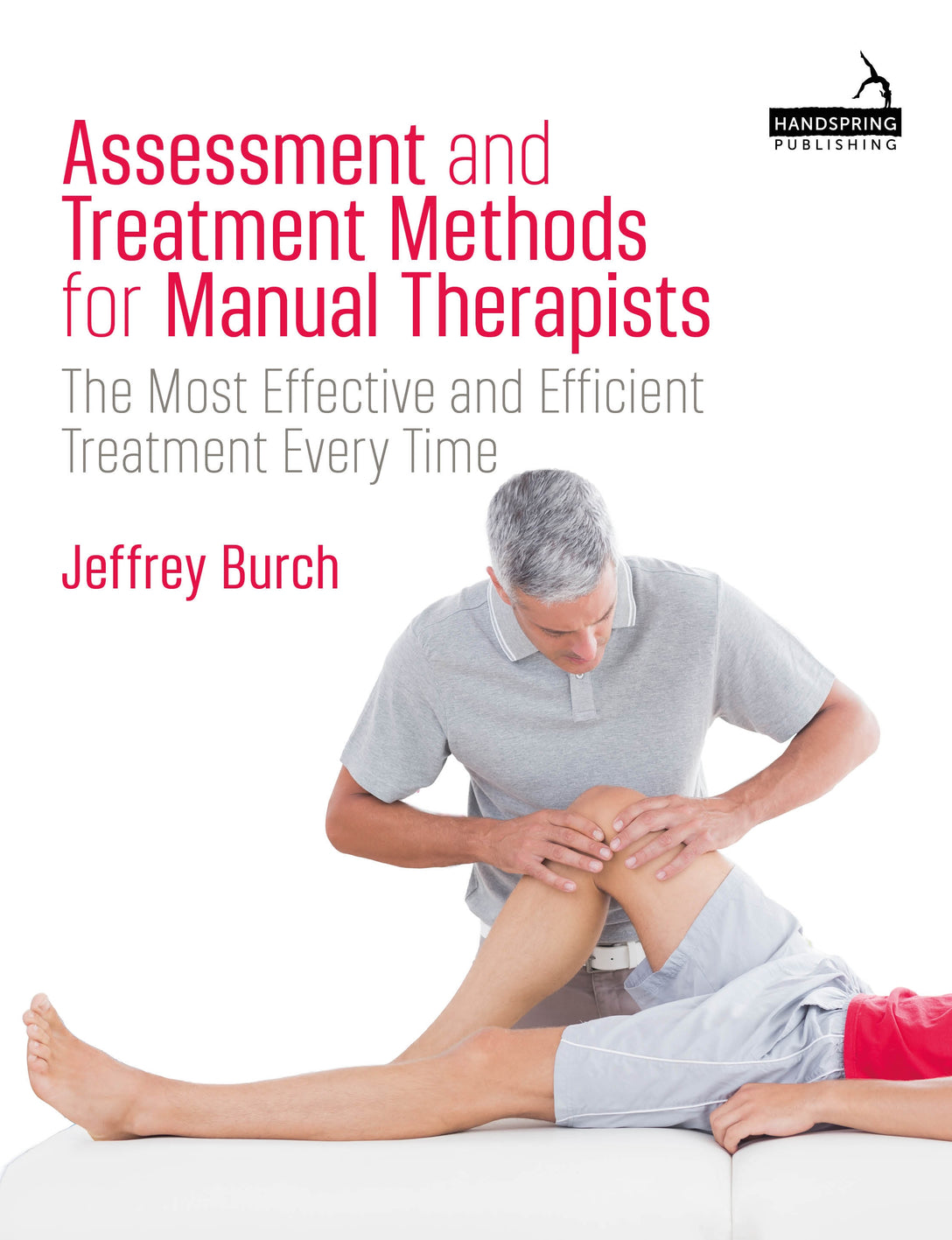

Press Reviews
Carol Gray, LMT, CST, RPYT, Founder and Owner of The Carol Gray Center for CST Studies
I waited years for this book. I recommend it to all of my students and colleagues. Great bodyworkers know how to determine where to put their hands, what to do when they get there and when to quit. Assessment methods, treatment tools and completion signs form the foundation of what we do. Yet, hardly anyone teaches these skills in an organized, accessible fashion - until now. Great teachers are generous with their knowledge and wisdom. Elegantly simple and amazingly comprehensive, Jeffrey Burch's book provides the means for bodyworkers to go beyond the recipe-driven rut in which many of us find ourselves. Thank you, Jeffrey.
Aleš Urbanczik, President of the European Guild for Structural Integration, www.rolfguild.eu
Jeffrey Burch has managed to present the material with impressive clarity. Reading the book is effortless and the descriptions of the different techniques are very easy to follow.
David Lesondak, author Fascia: What it is and Why it Matters, 2nd edn, University of Pittsburgh Medical Center (UPMC)
This clearly written book features a wide spectrum of practical assessments and different techniques for treatment, because one size doesn't fit all. That it also includes a healthy respect for the history, origins, and science underpinning these approaches makes it a welcome addition.
John Wilks, author of Choices in Pregnancy and Childbirth, Using the Bowen Technique and An Integrative Approach to Treating Babies and Children
This clear and thorough approach to the complex topic of assessment is a breath of fresh air. Jeffrey Burch's many years in clinical practice are condensed and honed into a reasoned, practical guide mixing assessment and treatment approaches that are both original and adapted from a range of manual therapy sources. Richly illustrated, this book will greatly enhance practitioner's palpation and treatment skills. Highly recommended.
Whitney Lowe, LMT
In this innovative book, the author presents a unique approach to soft-tissue assessment and treatment, focusing on palpation and physical examination rather than standard orthopedic testing. A foundational aspect of the author's assessment method is the emphasis on 'palpatory listening' as a fundamental aspect of assessment. The text seamlessly combines assessment and treatment concepts together, offering a comprehensive resource for practitioners. Drawing on strategies from structural integration, osteopathy, craniosacral work, and numerous other approaches, the author challenges traditional practices and encourages practitioners to develop innovative assessment skills. Organized into detailed sections covering general and local assessment methods, as well as extended techniques, the book delves into various treatment methods that emphasize therapeutic engagement and a wide diversity of treatment strategies. This innovative text is a valuable resource for those seeking to enhance their assessment and treatment capabilities through non-traditional methods.
Maggie Cooper, MS, PT, Clinical Physical Therapist, Former Instructor, Medical College of Georgia
After 41 years of continuing education classes, this curriculum remains, by far, the most Value Added class I have taken ... ever. The genius in this approach is it's versatility; armed with this knowledge and a decent anatomy source there are almost no structures within the human body that cannot be treated both safely and effectively.


